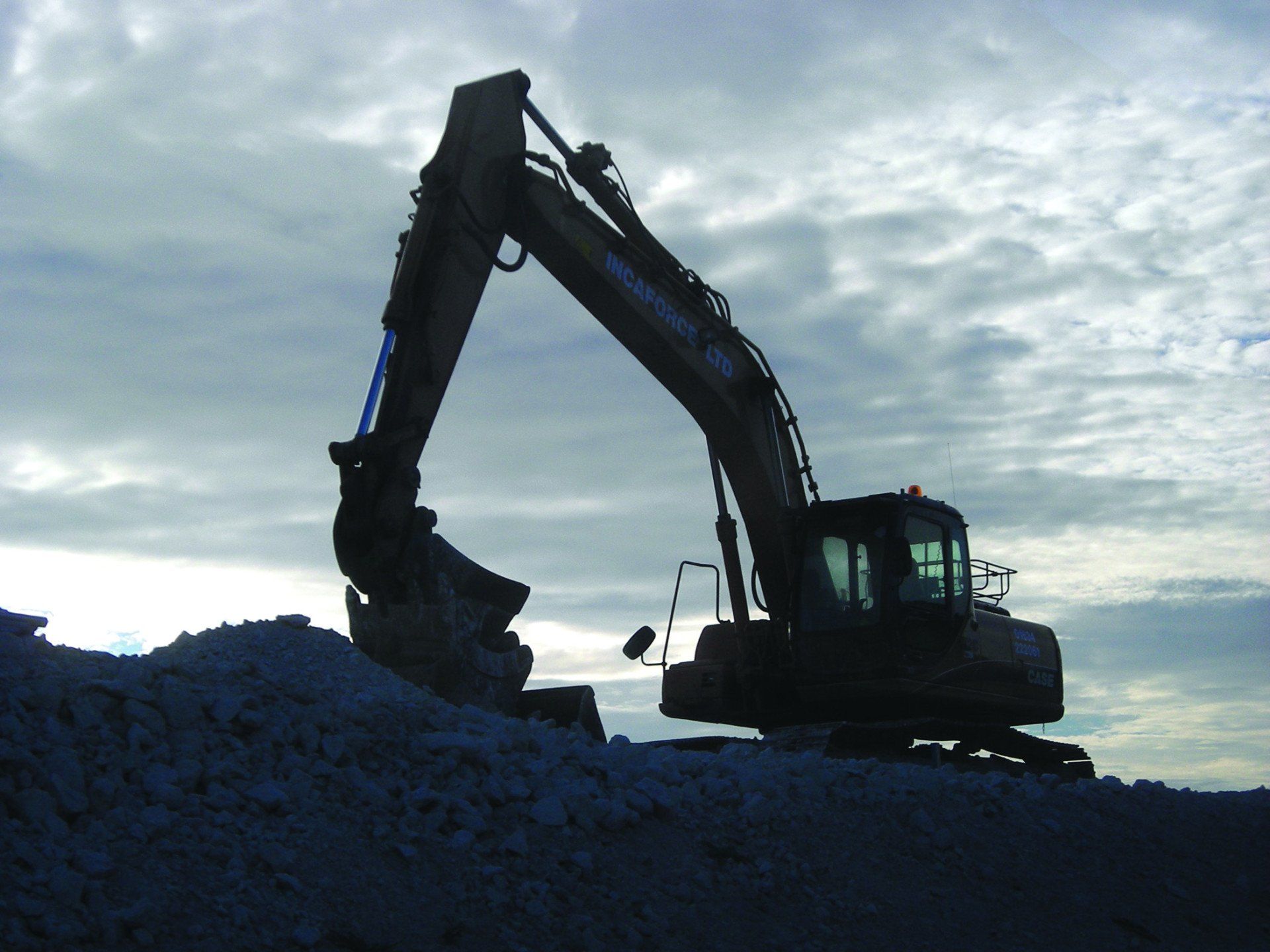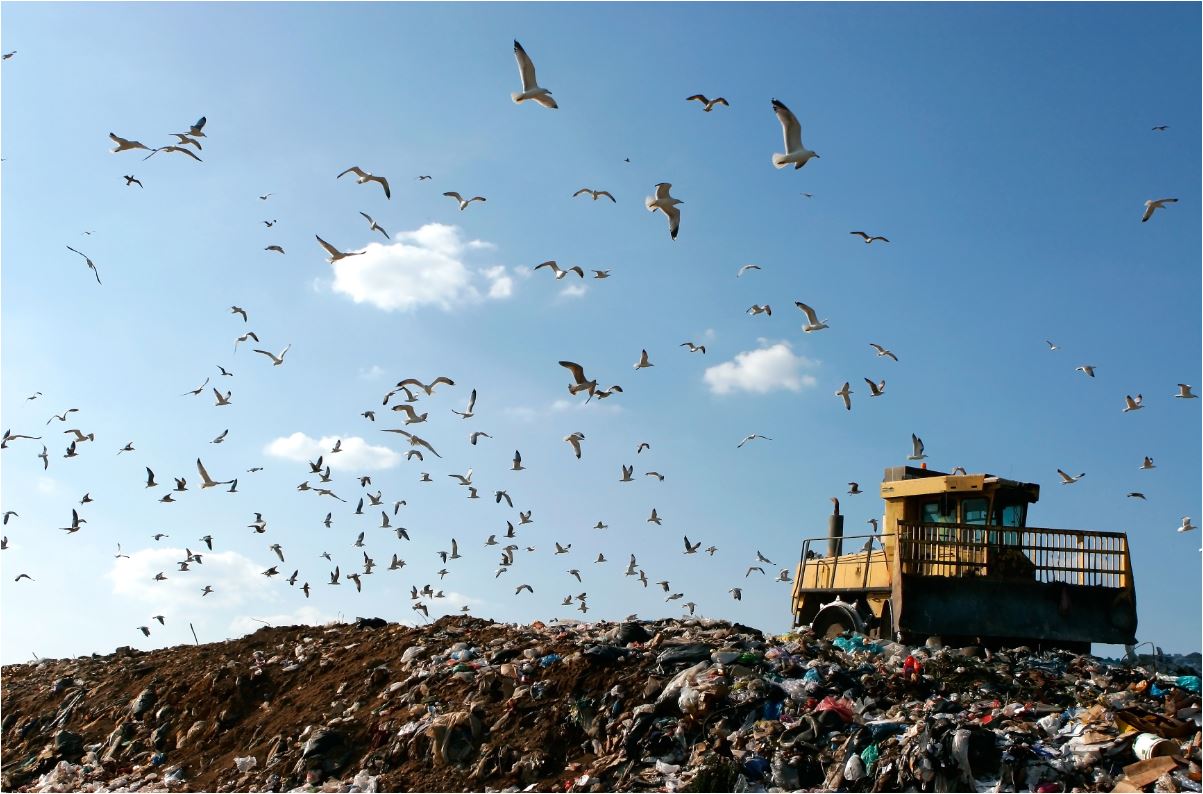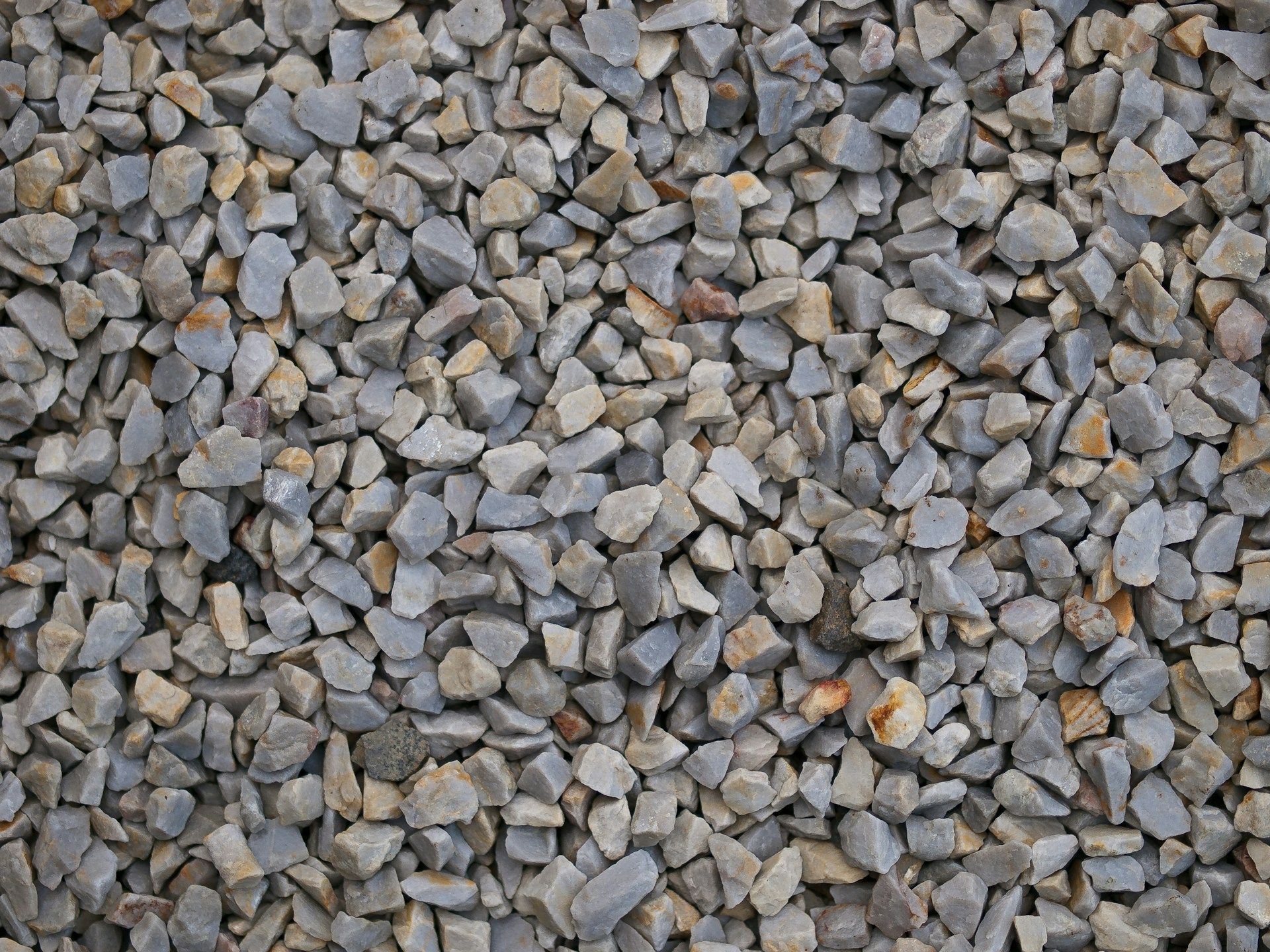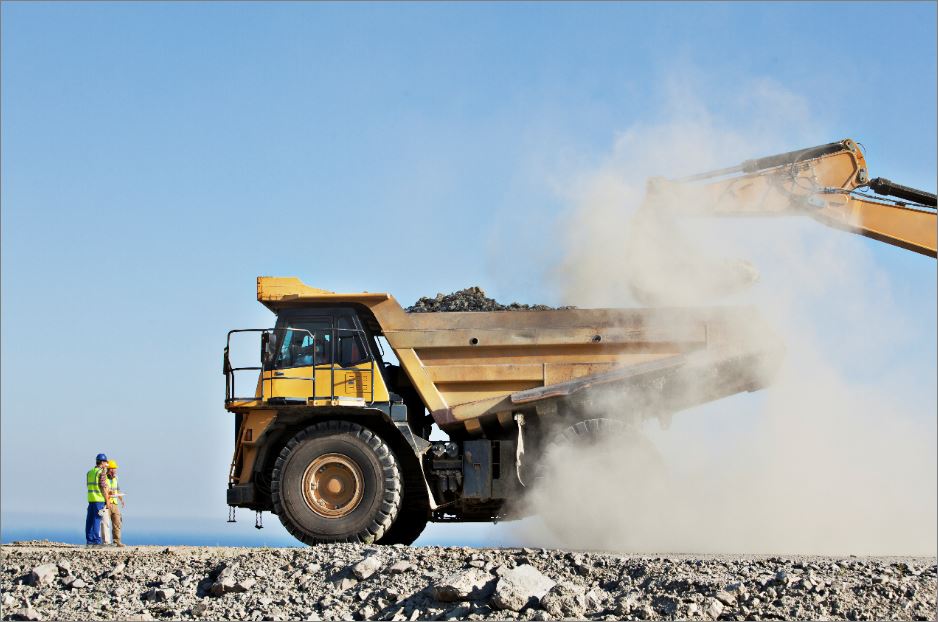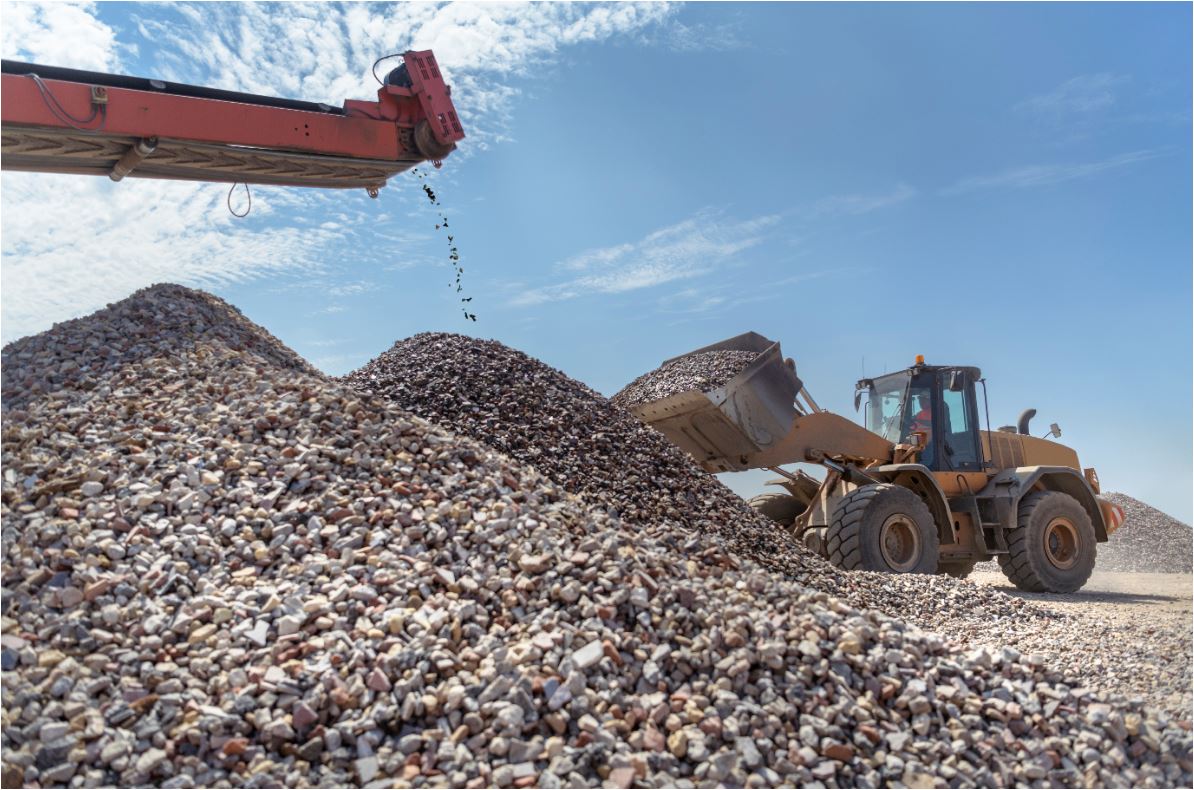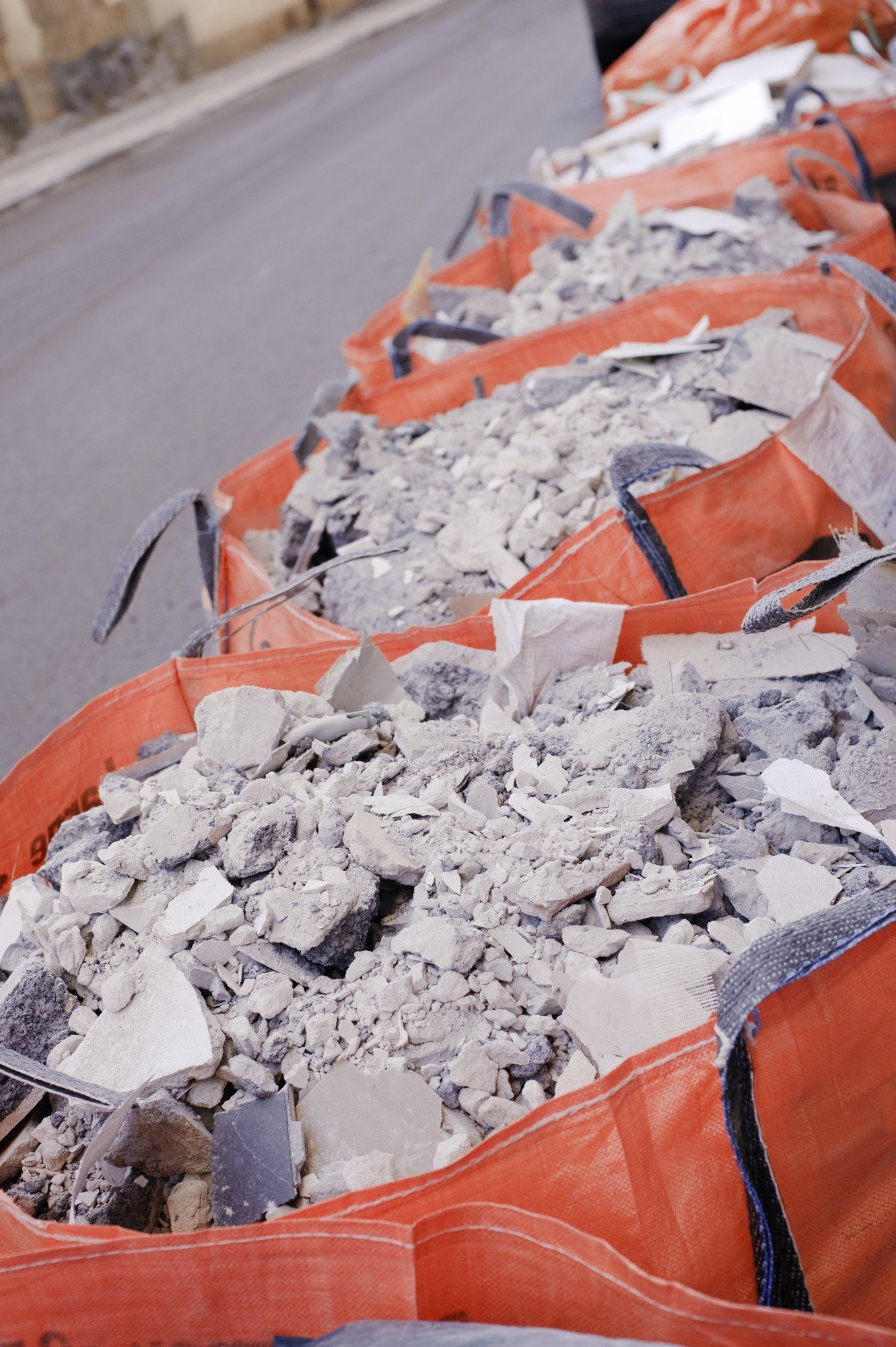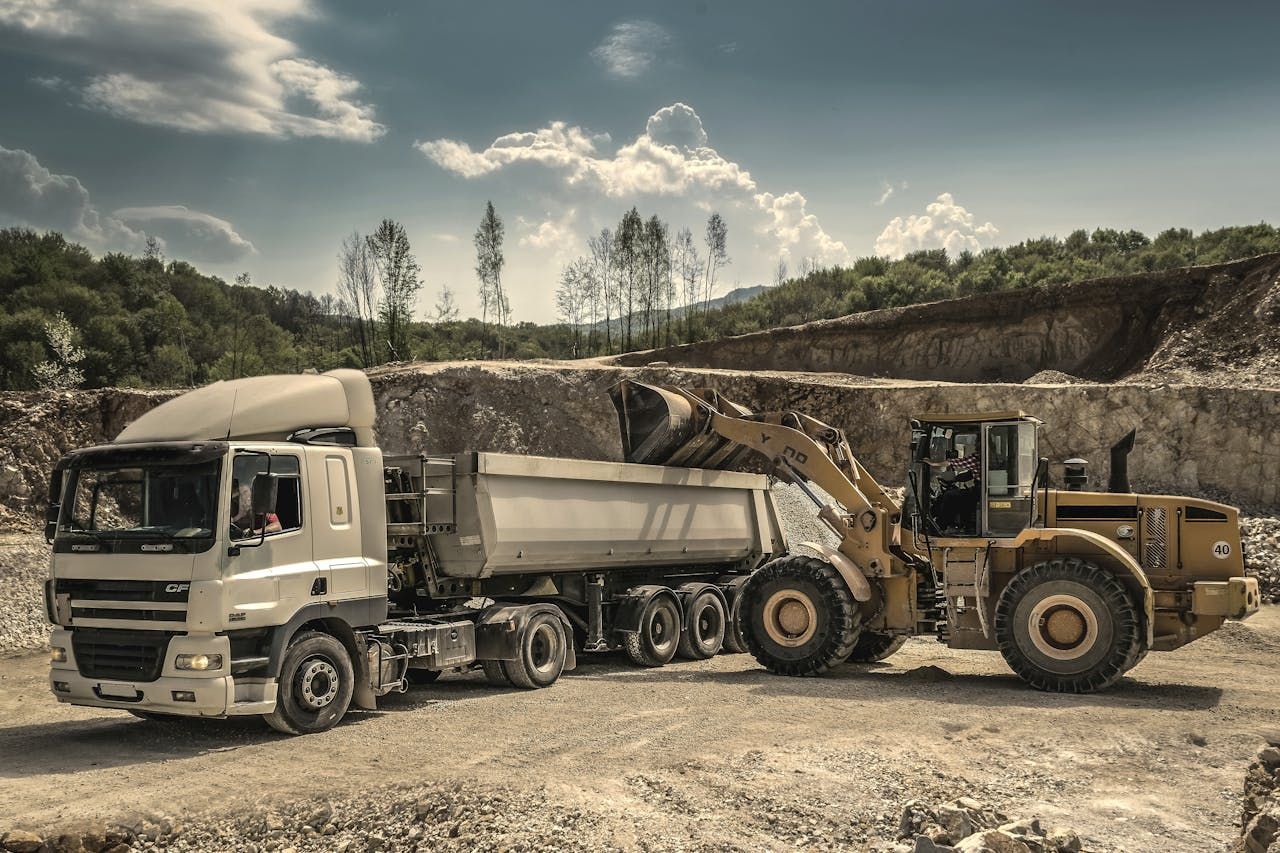How to Build a Rockery in Your Green Space
Building a rockery is a great way to add some life and character to a green space, whether it’s your garden at home, an outdoor space on your commercial property, or even in a public park or garden. If designed and executed correctly, rockeries can also be used to attract a wide variety of wildlife to your garden.
Rockeries are usually very substantial structures, but they are also often low-maintenance. There are many different ways to design a rockery, which is what makes it such a fun and innovative feature to install in your green space. With the right tools and an active imagination, you can really get creative and make the space unique. This guide from William Thompson & Son will walk you through the process of building a rockery, step by step. By the time you reach the end of this article, you’ll know exactly what tools, stone products and plants you will need to make your rockery a success! Read on to find out more.
What is a rockery?
A rockery, also known as a rock garden and formerly as a rockwork, is part of a garden with a landscaping structure made of rocks, stones, gravel, and planets. Usually, these are small Alpine plants that require relatively little soil and water.
Some rockeries are constructed around natural rock formations, perhaps with some artificial landscaping, but most are entirely artificial. That being said, many of them are designed and built in a way that makes them look like natural outcrops of bedrock, with stones being aligned to suggest a bedding plane and plants being used to conceal the joints between these stones. This type of rockery was very popular during the Victorian era, though the same approach is sometimes used in the landscaping of commercial or public spaces even now.
What rocks should you use?
One of the best ways to come up with a rockery design is to take a look at Mother Nature’s own creations and then take inspiration from her ideas. To achieve the authentic rockery effect, you should try to acquire stones that are as natural-looking as possible. Avoid using manmade products like concrete and asphalt blocks, as these won’t look natural and may even leach toxins into the soil.
For your rockery, you’ll need a lot of natural stone products in a variety of sizes and styles. Ideally, you will have enough large rocks to cover the area and plenty of smaller ones to fill in the gaps or adorn the surface. So, as you might expect, your first task when building a rockery is to go rock-hunting. This might consist of simply walking around your local area looking for the rocks you need but, in most cases, you will probably need to buy them.
Your local nursery or garden centre may stock the stone products you need, or they might be able to recommend a stone merchant for you to contact. You might even be able to find a construction site willing to give away spare materials at very low prices. Alternatively, quarries often have a wide variety of natural stone products and recycled aggregate products available that would be perfect for your rockery. At William Thompson & Son, we stock a range of high-quality quarry products that will be invaluable to anyone building a rock garden. With a broad selection of stone products and a number of recycled aggregates - such as gravel or crushed stone - on offer, we are sure to have something you can use.
A step-by-step guide to building a rockery
Step 1: Find the ideal spot for your rockery
Your rockery can be any size you like, but there are a few things you'll want to take into consideration when choosing a spot for it. If you’re using alpine plants, they will require lots of light and so will need to be placed somewhere that is open and clear of any trees or shrubs that might obstruct their access to sunlight. Ideally, your rockery will be exposed to a few hours of direct sunlight each day.
Rockeries are very versatile and can be built on either a slope or level ground. If you are building on level ground, you might want to dig slightly further down at the front to create a small slope, since this will give your rockery some depth and make it more easily visible across the entire green space. This will also help to enhance drainage within your rockery. Rockeries can work really well next to running water so, if you already have a pond or water feature in your garden, this might be something to consider. Although rockeries are often located in full sunlight, you can build your rockery in partial shade. Select plants accordingly and consider the growing needs of each plant.
Step 2: Plan your design
With the location of the rockery decided, you can begin to work on its shape and size. If you want it to look natural, you should choose an irregular shape. Some rockeries can be more formal, however, taking inspiration from design elements used in Japanese gardens.
Gravel, stones, and rocks that suit your local surroundings and can commonly be found nearby will make your rockery look as integrated and as natural as possible, as will planting greenery that is well-suited to the local climate. While making it up as you go along can produce the most organic, natural-looking rockery, you will need to have at least a vague plan when it comes to the plants you’re including. This is because you will need to leave space for planting pockets when laying your rocks.
Step 3: Prepare the site
The first step to building a rockery is to clear all weeds from the site. Once that is done, you can begin to build your rockery structure with the first layer of rubble. There do need to be some gaps between the rocks to ensure the rockery has good drainage. That being said, these gaps should be no more than the width of a finger or the structure won't be sound.
Once you are happy with the basic shape and size of the rockery's foundation, cover it entirely with landscape fabric to prevent weeds from growing in future, weighing down the fabric with small stones at the edge of the rockery until you add the first layer of rocks.
Step 4: Place your rocks
Once you have collected your rocks, be it from a trusted supplier or your own rock-hunting expedition, go ahead and lay them with their broadest side in the soil. Remember, the end result should look as if it were created by nature. Therefore, you should avoid consistent arrangements, such as placing the rocks in a straight line or creating any kind of pattern with them. For a more natural appearance, face the rocks in the same direction they were facing in their original location. Arranging smaller rocks around larger ones can also help the structure appear more natural.
If your rock garden is on a slope, place larger rocks or boulders towards the bottom. Lay the largest rocks first so that they create a sloped, natural look. As previously mentioned, ensure that the directions in which they face are random and there is no ‘regular’ pattern. Next, add slightly smaller rocks, using them to wedge the larger rocks into a stable position. Continue to add rocks of various sizes in any large gaps or across the surface until you are ready to add gravel, taking care to leave space for planting pockets.
Ensure the edges of the landscaping fabric are hidden by rocks, gravel, or a retaining wall.
Step 5: Add topsoil
Once the large, medium-sized, and smaller rocks are in position, add a 4 or 5-inch layer of topsoil to the rockery to create planting pockets. The soil may need to be dug deeper in some places to help bed in and stabilize some of the rocks.
Step 6: Plant your chosen greenery
With the majority of the rocks and planting pockets in place, it’s time to start positioning your plants, still in their pots. We recommend stepping back regularly to check you are happy with the arrangement, plant heights, and overall aesthetic.
Before you plant, be sure the soil is well-drained, or you may end up with a rock garden filled with rotted plants. Once you are satisfied with your design, loosen the planting pockets a little, half-filling them with suitable compost. Firm the plants down into the compost, fill up the planting pocket with compost around them, water the plants, and allow them to establish. Hide the soil beneath the plants' foliage or with a handful or two of gravel or small rocks.
A few suitable plants for rock gardens include:
● Succulents
● Rockcress
● Ajuga
● Dwarf iris
● Penstemon
● Verbena
● Sedum
● Primrose
● Crocus
● Tulips
● Allium
● Snowdrops
● Daffodils
● Azalea
Find the Natural Stone Products You Need at William Thompson & Son
If you’re considering building a rockery in your outdoor space, you’ll need a stone products supplier you can rely on to provide only the highest quality rocks and aggregates. William Thompson & Son offers a wide range of quarry products and recycled aggregates that are suitable for a variety of applications, including the construction of stunning structures such as rockeries.
Whether you’re in need of natural-looking rocks, gravel to lay over the top surface of your rock garden, or sand for your topsoil, we’ll be happy to help. Get in touch with us today to discuss your requirements or visit our website for more information.







